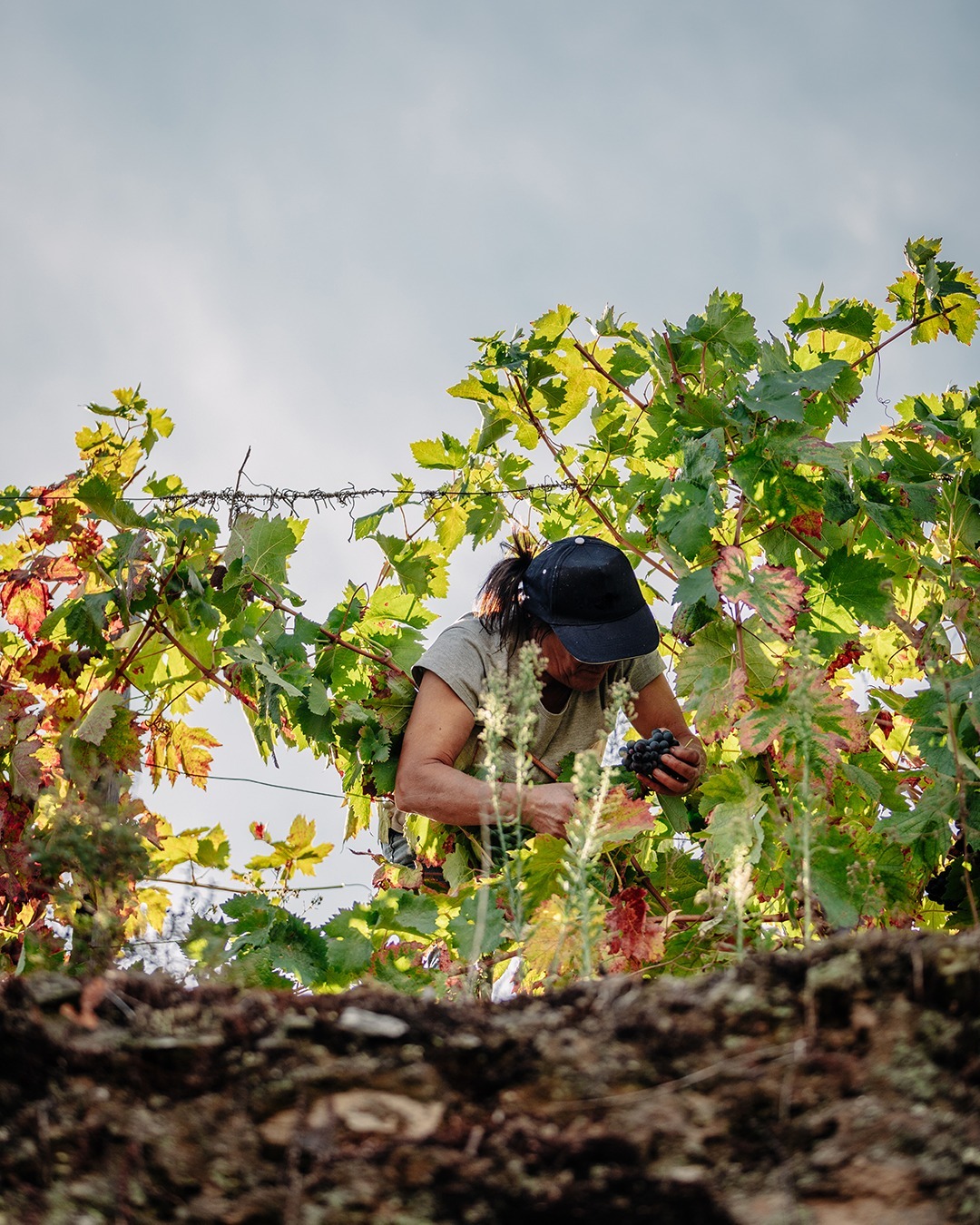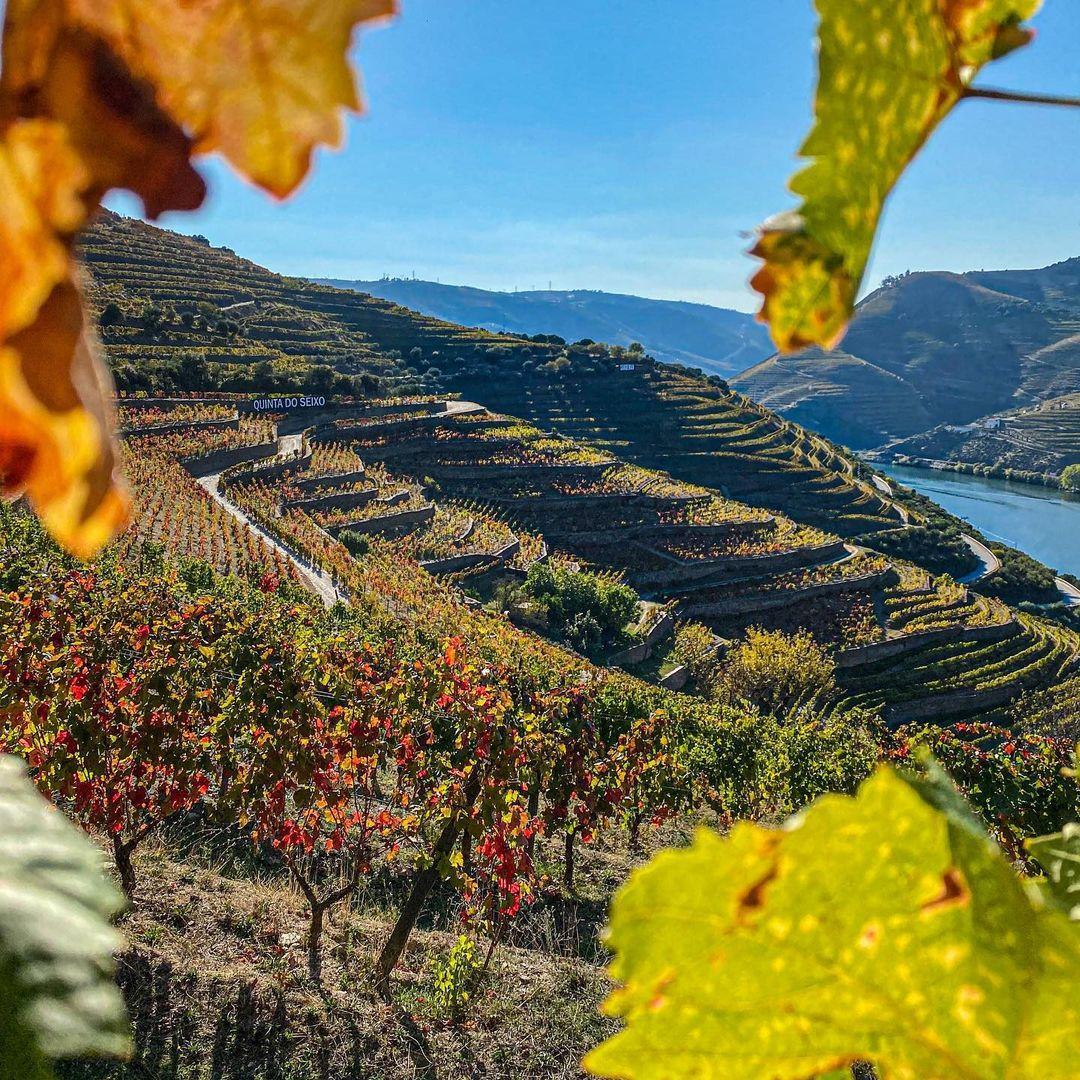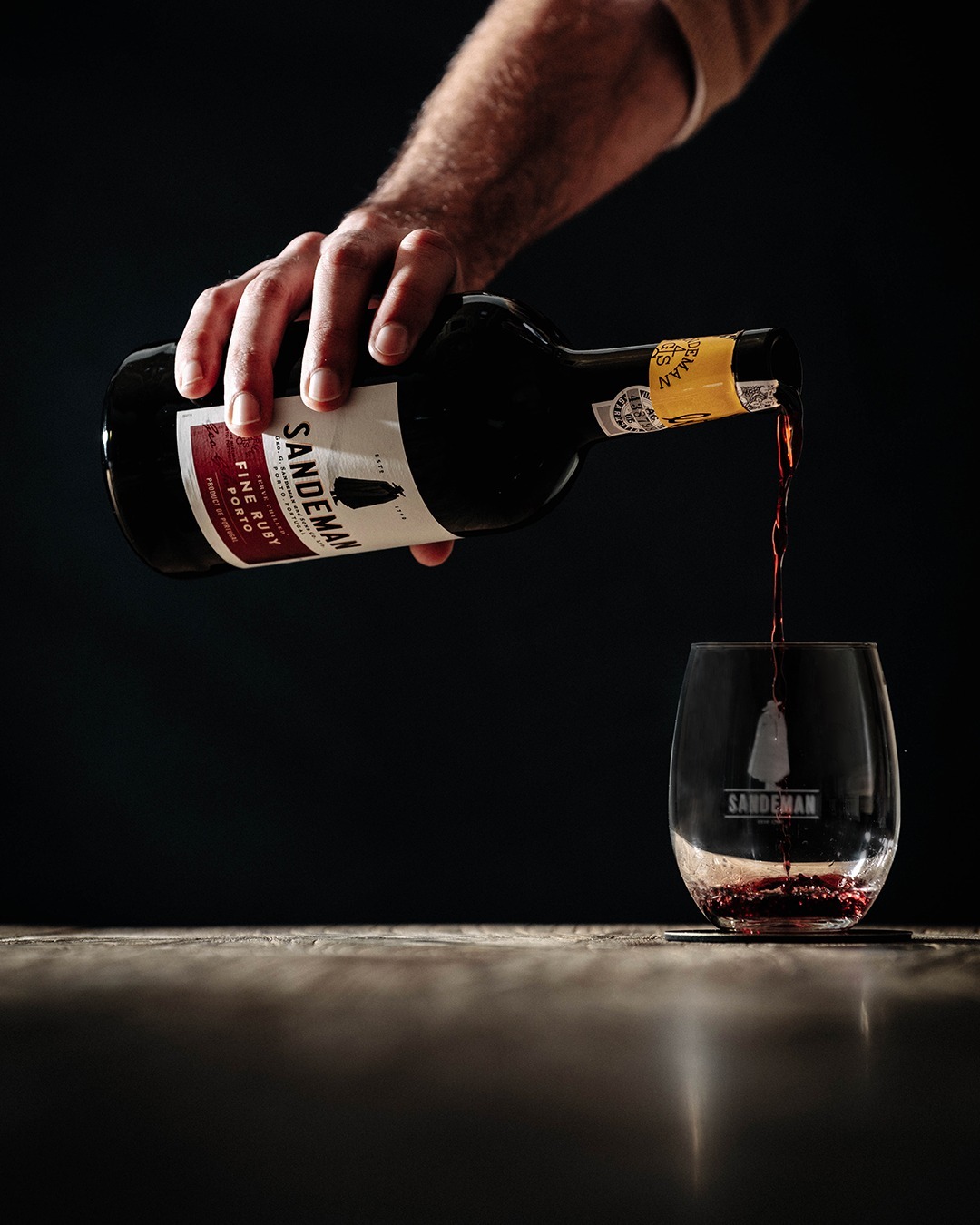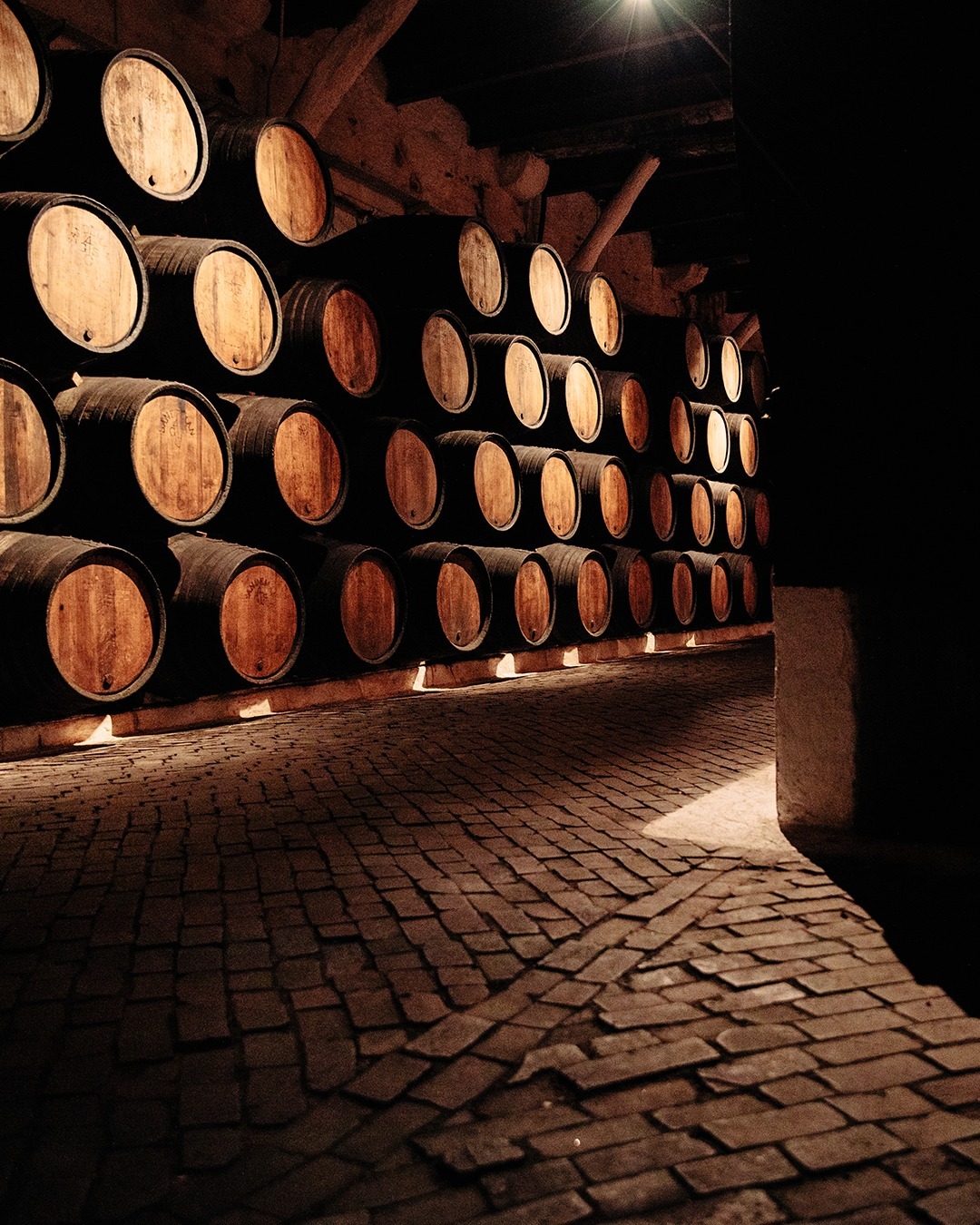Our favorite Portuguese export (aside from pastéís de nata) has a surprising backstory. Did you know we have the British to thank for Port wine? Read on to discover the fascinating story behind the world’s favorite fortified concoction. We’ll cover Vinho do Porto’s accidental discovery, as well as the enterprising Brits, like George Sandeman, who pioneered its production and turned Port into a global phenomenon. Lastly, we’ll see how when you travel to Portugal on one of our tours, you’ll get inside access to The Sandeman cellars, where the magic happens for one of Port’s most established brands.
Read more: 10 must-have traditional Portuguese foods to try on your next trip
HOW THE BRITISH DISCOVERED PORT WINE

Enterprising brits had already been exploring Portugal, finding new wines across its different regions, and exporting them back home. These exports primarily consisted of the wines of the far north ‘Minho’ region. These were acidic, low-alcohol, and were not a hit with the new swathes of customers created by the embargo. Branded ‘Red Portugal’, these wines were banished to crews of sailors and the lower-class taverns of London. The Brits journeyed further south, in search of something better to fill the French gap.
PORT WINE – A HAPPY ACCIDENT

The British fortified the wine with grape brandy to help preserve its quality during its journey. They transported the wine down the Duoro River to avoid the wild mountainous land terrain, taking it through to the city of Oporto. Thus, the name ‘vinho do porto’, or in English, Port wine.
Though they added brandy for preservation, let us not confuse this act with the process used today. For modern Port, producers use brandy during fermentation, rather than after completion, to sweeten and strengthen the wine. Therefore, the Port we know today is somewhat different from the original wine fortified 200-odd years ago.
However, it is safe to say that one led to another. Development, production and transportation were all pioneered by the British, who led the way over the next few centuries. Hence, why many Ports have British names such as Taylor, Croft, and Graham.
Read more: 10 facts you should know about Port
THE WORK OF GEORGE SANDEMAN

Sandeman was a first in many regards. He was the first to properly ‘brand’ a cask, at a time when ‘brand names’ were barely a known concept. We use ‘brand’ in a literal sense – he used a hot iron to brand his unmarked barrels with the signature of GSC – George Sandeman & Co. This was one of the first examples of a company signifying their quality and building a reputation based around their ‘brand’.
In 1876, the ‘Trade Marks Registration Act’ brought the idea of the ‘Trademark’ into legality and into the cultural zeitgeist. Just one year following, Sandeman registered their signature as a trademark, and became one of the oldest registered trademarks still used today.
THE SANDEMAN PORT WINE CELLARS

Sandeman purchased a building on the Duoro riverfront across from Porto: prime real estate for the Port industry. For the last 200 years, The Sandeman Cellars have been aging and perfecting the world’s very best Port wine.
In its subterranean halls, one can find more than 2,000 casks of Sandeman Port aging patiently. It is in these hallowed cellars where guests on the Best of Spain and Portugal tour will be able to taste the very best of Port wine, learn about the drink’s fascinating history, and explore the esteemed estate. As well as all of this, guests will explore Portugal’s fascinating regions, historical cities, beautiful landscapes, and sumptuous gastronomy. Yet the top highlight must be the opportunity to come up close and personal with one of the oldest and most established Port brands in the world.
Read more: All the ways you’ll experience the Insight difference when you travel to Portugal
Created in partnership with Visit Portugal



